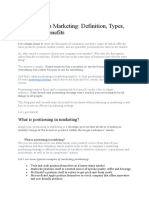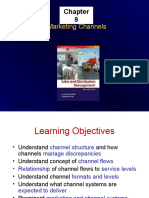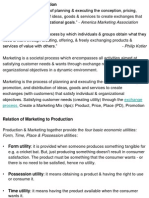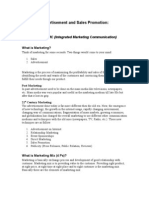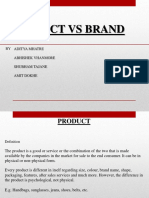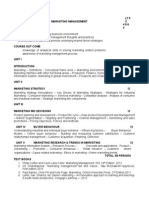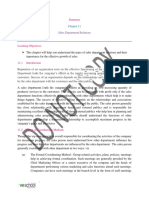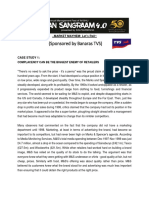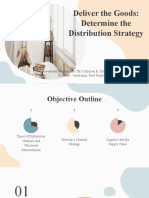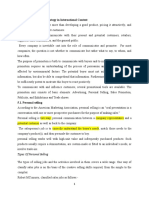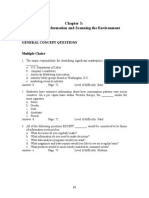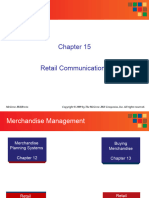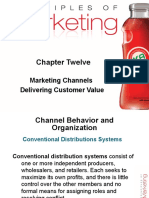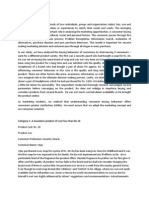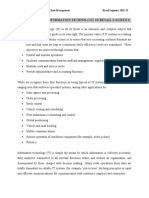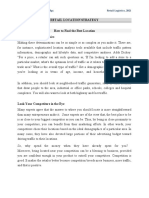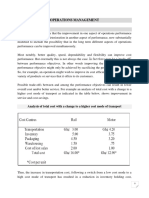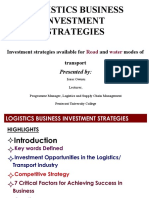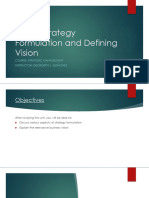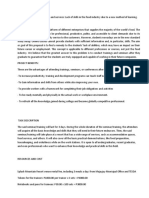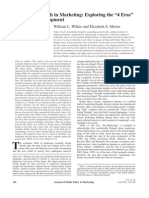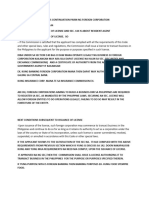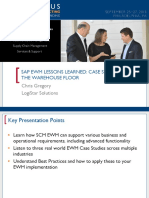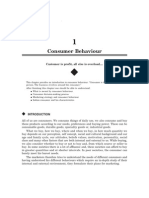0% found this document useful (0 votes)
135 views11 pagesLecture 4-Channels of Distribution
The document discusses different channels of distribution that can be used to transfer products from the point of production to the point of consumption. It describes physical distribution channels, which refer to the physical transfer of goods, and trading channels, which involve the buying and selling transactions. Some key channels discussed include direct from manufacturer to retailer, manufacturer to wholesaler to retailer, manufacturer to third party distributor to retailer, and direct to consumer channels like mail order and online shopping. The choice of distribution channel depends on factors like the type of intermediaries used, the number of intermediary levels, and how intensely each level is utilized. Companies may use multiple channels depending on their products and customers.
Uploaded by
Isaac OwusuCopyright
© © All Rights Reserved
We take content rights seriously. If you suspect this is your content, claim it here.
Available Formats
Download as DOCX, PDF, TXT or read online on Scribd
0% found this document useful (0 votes)
135 views11 pagesLecture 4-Channels of Distribution
The document discusses different channels of distribution that can be used to transfer products from the point of production to the point of consumption. It describes physical distribution channels, which refer to the physical transfer of goods, and trading channels, which involve the buying and selling transactions. Some key channels discussed include direct from manufacturer to retailer, manufacturer to wholesaler to retailer, manufacturer to third party distributor to retailer, and direct to consumer channels like mail order and online shopping. The choice of distribution channel depends on factors like the type of intermediaries used, the number of intermediary levels, and how intensely each level is utilized. Companies may use multiple channels depending on their products and customers.
Uploaded by
Isaac OwusuCopyright
© © All Rights Reserved
We take content rights seriously. If you suspect this is your content, claim it here.
Available Formats
Download as DOCX, PDF, TXT or read online on Scribd
/ 11
